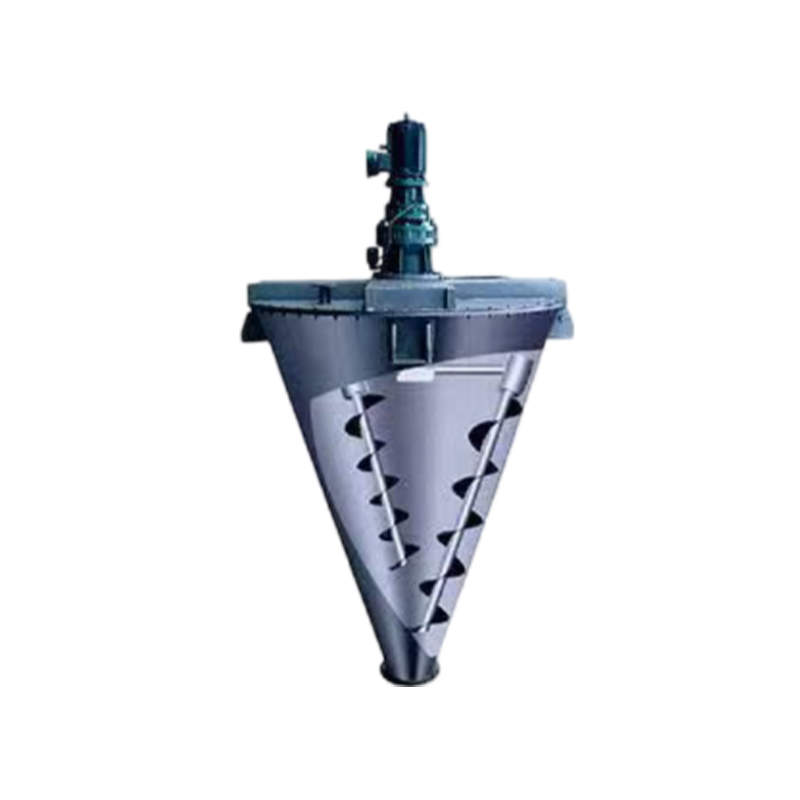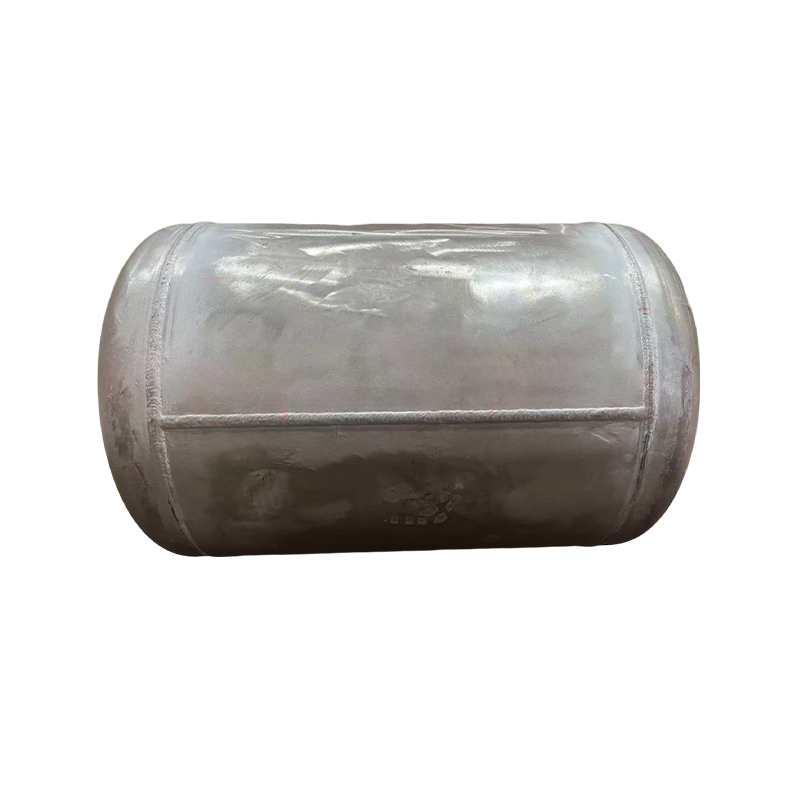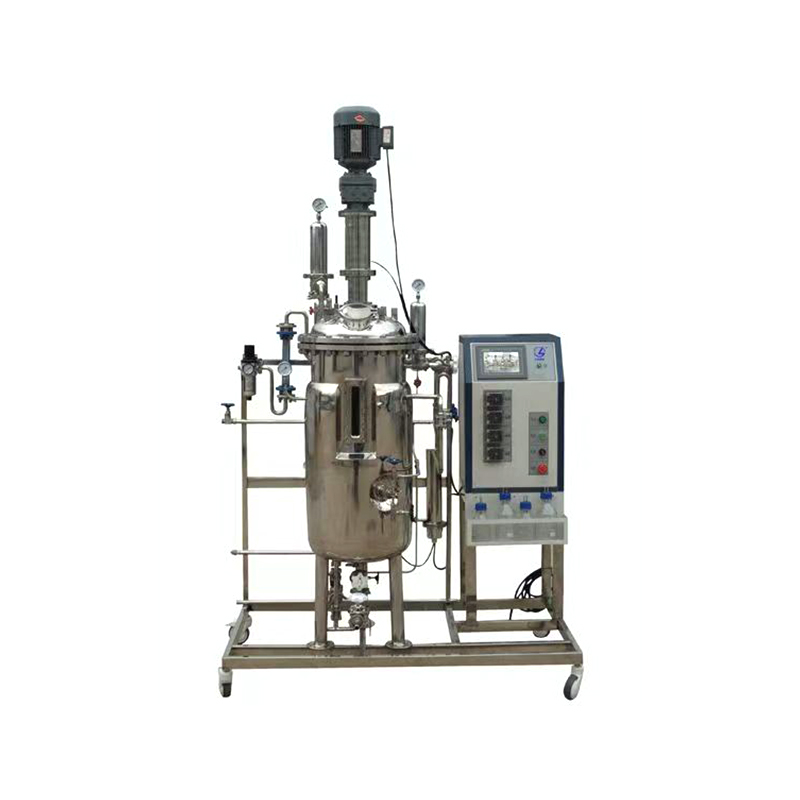How does the 1000 type custom dust collector efficiently purify the air?
Release Time : 2025-02-27
Dust collector, as a professional air purification device, is widely used in various industrial production, environmental protection and other fields. Its core function is to effectively separate dust particles from dusty flue gas to purify the air, protect the environment or recycle useful materials. Among the many dust collector models, the 1000 type dust collector has become the preferred solution for many companies due to its high efficiency, flexibility and customizability.
1. Overview of 1000 type dust collector
As the name suggests, the processing capacity or design specifications of the 1000 type dust collector are usually suitable for processing flue gas within a certain range. The "1000" here may represent a benchmark value for processing air volume, equipment size or other related performance indicators. This model of dust collector not only has basic dust removal functions, but also achieves comprehensive performance of high efficiency, energy saving and environmental protection through careful design and advanced manufacturing processes.
2. Advantages of customized processing
Strong adaptability: The 1000 dust collector supports customized processing, which means that enterprises can flexibly adjust the equipment's structure, material, air volume and other parameters according to their own production needs, flue gas characteristics and emission requirements, so as to ensure that the selected equipment can perfectly match the actual application scenario.
Performance optimization: The customized processing process allows the internal structure, filter material selection, cleaning method, etc. of the dust collector to be optimized to improve dust removal efficiency, reduce energy consumption and extend the service life of the equipment.
Cost control: Through customized processing, enterprises can reasonably choose the configuration and function of the equipment according to budget and needs, avoid unnecessary waste and maximize cost-effectiveness.
3. Working principle of 1000 dust collector
The working principle of 1000 dust collector may vary depending on the specific model and customization requirements, but most dust collectors follow the following basic steps: After the dust-laden flue gas enters the dust collector, it first passes through the pretreatment stage (such as cooling, dehumidification, etc.) and then enters the dust removal core area. Here, dust particles in the flue gas are captured by filter materials (such as bags, filter cartridges, etc.), and clean air is discharged through the filter materials. As dust accumulates on the filter materials, the dust collector will start the cleaning mechanism to remove dust on the filter materials through pulse spraying, backblowing, etc. to ensure the continuous and efficient operation of the dust collector.
4. Application scenarios and selection suggestions
The 1000-type dust collector is widely used in many industries such as electricity, steel, cement, chemicals, and food due to its high efficiency, flexibility, and customizability. When choosing, companies should focus on factors such as the dust collector's processing air volume, dust removal efficiency, operating stability, maintenance convenience, and cost-effectiveness. At the same time, considering the long-term use and environmental protection requirements of the dust collector, it is also crucial to choose a supplier with advanced technology, high-quality filter materials, and reliable after-sales service.
In summary, the 1000-type custom dust collector has become the preferred solution for many companies to achieve air purification, protect the environment, and improve production efficiency due to its high efficiency, flexibility, and customizability. During the selection and use process, enterprises should reasonably choose equipment configuration and functions based on their own needs and actual conditions to ensure that the selected equipment can perform at its best.
1. Overview of 1000 type dust collector
As the name suggests, the processing capacity or design specifications of the 1000 type dust collector are usually suitable for processing flue gas within a certain range. The "1000" here may represent a benchmark value for processing air volume, equipment size or other related performance indicators. This model of dust collector not only has basic dust removal functions, but also achieves comprehensive performance of high efficiency, energy saving and environmental protection through careful design and advanced manufacturing processes.
2. Advantages of customized processing
Strong adaptability: The 1000 dust collector supports customized processing, which means that enterprises can flexibly adjust the equipment's structure, material, air volume and other parameters according to their own production needs, flue gas characteristics and emission requirements, so as to ensure that the selected equipment can perfectly match the actual application scenario.
Performance optimization: The customized processing process allows the internal structure, filter material selection, cleaning method, etc. of the dust collector to be optimized to improve dust removal efficiency, reduce energy consumption and extend the service life of the equipment.
Cost control: Through customized processing, enterprises can reasonably choose the configuration and function of the equipment according to budget and needs, avoid unnecessary waste and maximize cost-effectiveness.
3. Working principle of 1000 dust collector
The working principle of 1000 dust collector may vary depending on the specific model and customization requirements, but most dust collectors follow the following basic steps: After the dust-laden flue gas enters the dust collector, it first passes through the pretreatment stage (such as cooling, dehumidification, etc.) and then enters the dust removal core area. Here, dust particles in the flue gas are captured by filter materials (such as bags, filter cartridges, etc.), and clean air is discharged through the filter materials. As dust accumulates on the filter materials, the dust collector will start the cleaning mechanism to remove dust on the filter materials through pulse spraying, backblowing, etc. to ensure the continuous and efficient operation of the dust collector.
4. Application scenarios and selection suggestions
The 1000-type dust collector is widely used in many industries such as electricity, steel, cement, chemicals, and food due to its high efficiency, flexibility, and customizability. When choosing, companies should focus on factors such as the dust collector's processing air volume, dust removal efficiency, operating stability, maintenance convenience, and cost-effectiveness. At the same time, considering the long-term use and environmental protection requirements of the dust collector, it is also crucial to choose a supplier with advanced technology, high-quality filter materials, and reliable after-sales service.
In summary, the 1000-type custom dust collector has become the preferred solution for many companies to achieve air purification, protect the environment, and improve production efficiency due to its high efficiency, flexibility, and customizability. During the selection and use process, enterprises should reasonably choose equipment configuration and functions based on their own needs and actual conditions to ensure that the selected equipment can perform at its best.







